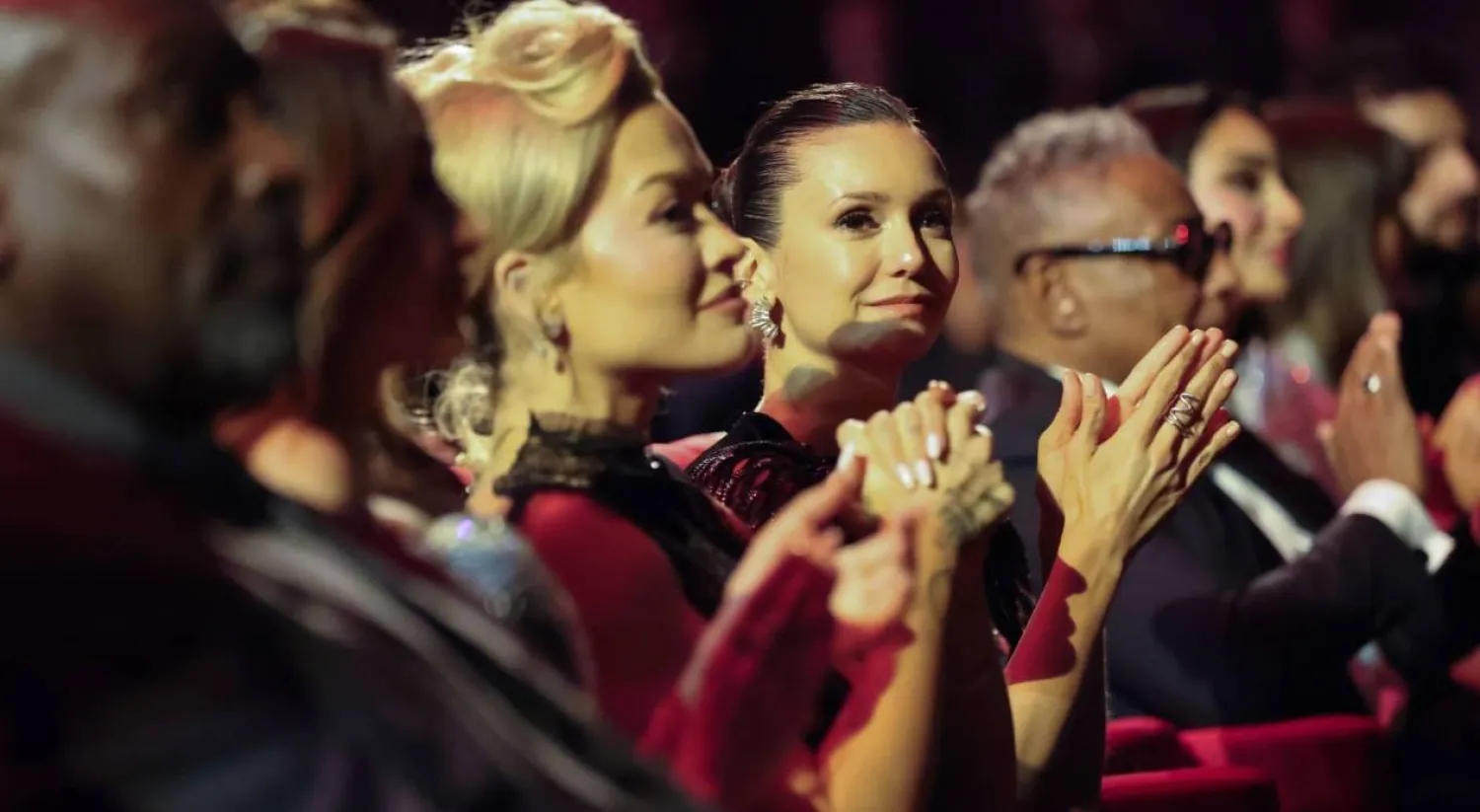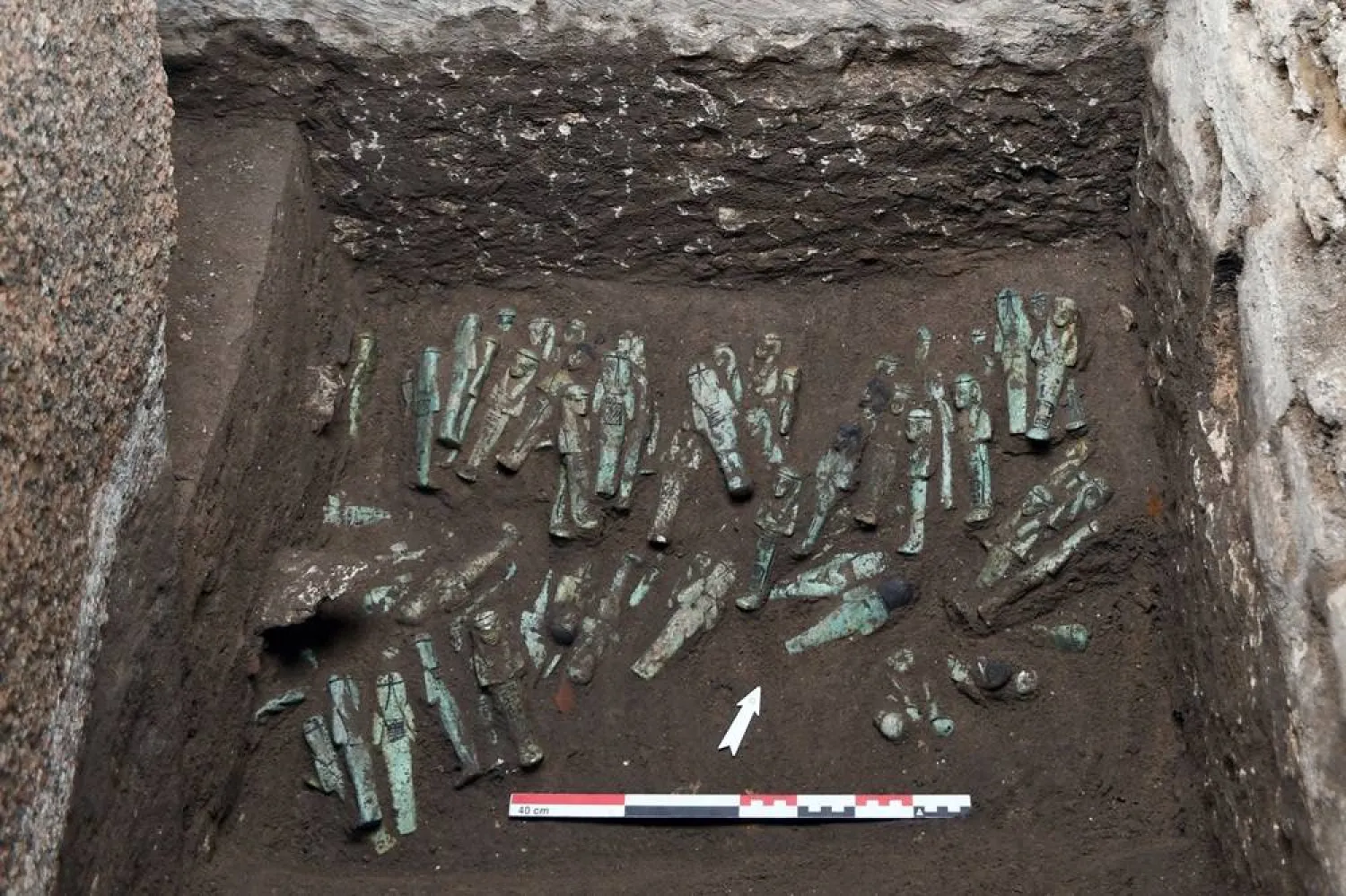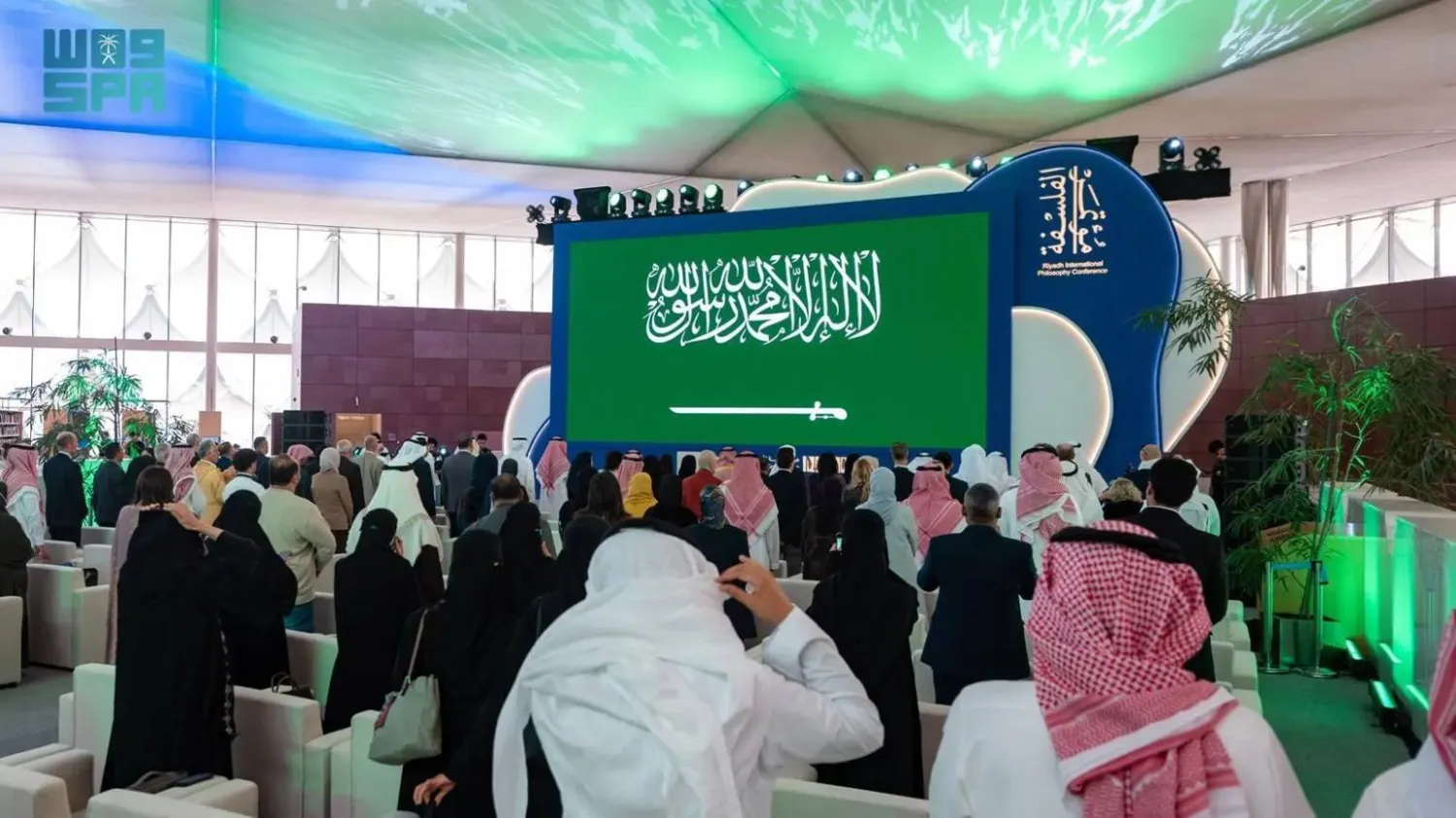The Jeddah Historic District Program, under the Ministry of Culture, unveiled “Culture Square,” a landmark project designed to restore Historic Jeddah by establishing specialized centers dedicated to various artistic and cultural disciplines.
By offering immersive experiences, Culture Square aims to enrich the visitor journey while positioning the district as a global tourist destination, in alignment with Saudi Vision 2030.
Located on the shores of Al-Arbaeen Lagoon, overlooking the historic Jeddah area, Culture Square is home to the Performing Arts Center and the Digital Arts Museum "teamLab Borderless," a recipient of the Makkah Excellence Award for Cultural Excellence. The square bridges the past and present, a concept reflected in its design and purpose.
The Performing Arts Center will host a variety of cultural events, including theatrical performances, international festivals, film screenings, and sessions inspired by the spirit of "Al-Markaz." The center also features restaurants and cafes, fostering spaces for gathering and dialogue. Meanwhile, the teamLab Borderless museum embodies the contemporary essence of culture by merging art, science, and technology.
At the heart of Culture Square is the restored historic Bait Amir Al Bahar, located between the Performing Arts Center and the teamLab Borderless museum.
Overlooking Hamza Shehata Street, named after the renowned late Saudi poet, the house stands as a testament to the area's cultural richness. Known for its distinctive architectural design, the single-floor structure is surrounded by large arched windows and historically served as a lighthouse guiding ships. Its unique design reflects its historical function. The program has meticulously restored this iconic landmark, demonstrating its commitment to preserving the region's architectural and cultural heritage.
The Culture Square project showcases an architectural vision that harmoniously blends the rich traditions of historic Jeddah with forward-looking renewal. The design integrates the architectural heritage of the region with the interconnected Hijazi urban fabric, preserving its identity and cultural essence. Simultaneously, it aligns with the philosophy of the teamLab Borderless museum, which emphasizes harmony between visitors and artwork. The concept is reflected in the building’s sloping roof, which seamlessly merges with the surrounding landscapes, reinforcing the themes of integration and unity with the environment.
Spanning a total area of approximately 26,000 square meters, Culture Square comprises two main buildings. The Center for Performing Arts and Cinema, covering 16,000 square meters, serves as the headquarters of the Red Sea Film Festival. It features a grand entrance lobby, a main theater with 868 seats, five cinema halls with 564 seats, a versatile internal lobby, nine dialogue halls, a cinematheque, a restaurant, and three cafes. The teamLab Borderless museum, covering 10,000 square meters, displays around 80 interconnected works, symbolizing a world without boundaries. The innovative space blends art, technology, and nature, offering a transformative cultural experience and enriching the Kingdom's cultural landscape.
The Historic Jeddah Program prioritized public health and environmental sustainability in designing and implementing Culture Square. The project incorporates advanced air conditioning systems with 100% air purification technology, touchless elevators and escalators with ultraviolet sterilization, and a water conservation system that recycles condensate water from cooling units for irrigation purposes. These measures enhance resource efficiency and demonstrate the program's commitment to environmental preservation.
The launch of Culture Square is a significant milestone in the Historic Jeddah Program’s efforts to restore the area, preserve its tangible and intangible heritage, and enhance the visitor experience. With its careful preservation of the urban fabric and a design that seamlessly blends contemporary architecture with heritage-inspired elements, the square serves as a distinctive cultural and visual landmark in Jeddah. The project reflects a broader vision to invest in the area's history and cultural assets, transforming them into economic tributaries and establishing the region as a prominent destination on the global tourism map.









